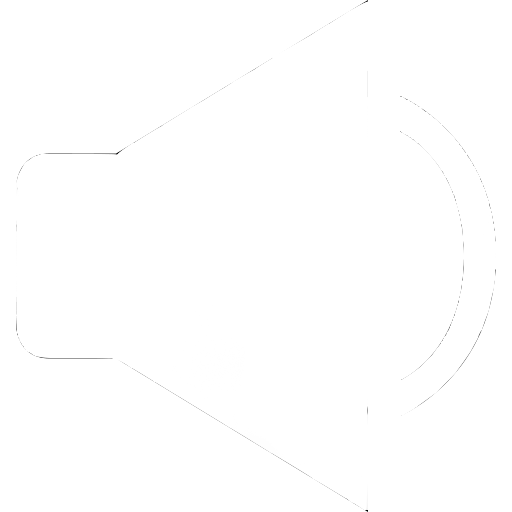News
In Hungary, the news of what was happening began to arrive little by little and the adults hid their children from what was happening. In 1944 the Germans entered and the school ended two weeks before. All Jews were forced to use the yellow star from the age of 6. They were also ordered to leave their homes with some of their belongings and move to a Ghetto (a closed neighborhood where several Jewish families lived together in the same apartment). The timetables to travel were restricted and with the arrival of the Germans, the food intake became even acuter.
Documents
A relative of Tomas was known to Raoul Wallenberg and he was the one who recommended them to be saved. Wallenberg was a Swedish diplomat who was responsible for giving false documents to Jewish families. The Kertesz family was the first to get hold of them. The government annulled the safe havens but Wallenberg worked diplomatically to release the safe-conducts. In the meantime they were forced to work for the SS by making trenches on the outskirts of the cities for the Russian tanks to fall. In the middle of the work, they were in the middle of the fire of both sides. At the end of the day, they were removed from there. The one who could not get up from his job was killed instantly.
Lost
The bombardment in the city was constant and became acute at the end of the war. His brother had been transferred to fight in the front. One day the SS ordered that everyone leave their homes and concentrate on a square. The safe conduits were temporarily suspended. Tomas realized what was happening and ran away from the line hiding behind a pay phone and pretending to tie the laces. From there he never saw his parents again.
Directions
Days later, his brother returns and in the meeting they were updated on the latest news and the death of their parents. For 100 days Budapest was bombed and cornered by the Soviet advance. Hunger was part of everyone. Both brothers traveled to Transylvania, east of Budapest, where they found cousins of their father. There they were hidden for 18 days as they managed to escape being transferred to a Nazi camp. The hiding place was closed on the outside and it was not within his means to get out.
Release
When the Russians came in, Tomas was 16 years old and his brother 19. They were in hiding when the Russians stormed inside. Through different signals, they managed to communicate and say that they were Jews and not Germans. They quickly carved a Maguen David on the wall, an idea that this symbol had as part of the Nazi propaganda. Upon leaving, they were transferred on stretchers, observing how little remained of the city. They did not want to receive further orders and decided to get away from everything. They wandered the streets until they reached the Hotel that belonged to their family until before the Nazis.
Hotel
Tomas and his brother declared that they were the heirs of the hotel owned by their parents. They returned the building that was completely in ruins. They had to rebuild it. Without money, they decided to rescue the coins that their father had hidden in the hotel. With that money, they paid for the arrangements. The Joint used the building as a refuge for the survivors of the war. They stayed with his brother occupying a room while completing his studies as an architect.
End of Wallenberg
It was learned that Raoul was taken to prison along with other Germans with whom he had discussed. After helping to save a significant number of Jews, its end was death. "It's an irony Wallenberg saved thousands of lives, but nobody could save him", Tomas emphasizes.
Memory
In Argentina was a brother of his mother, his idol, who had fled Hungary in 1939. Leaving behind the 18 people of his family who had been murdered, and knowing that he was alive with a cousin, his brother and him.
Crossing stories
Ten days after arriving in Argentina in 1949, Tomas Kertesz was taken to a Hungarian's party. He was in the place of another who had not been able to attend. Catalina Hantos attended that same party. Immediately they start to speak for the first time about where they are from and what had happening during the war. In 1960 they got married, had two children, Esteban and Ana, who gave them 5 grandchildren.


